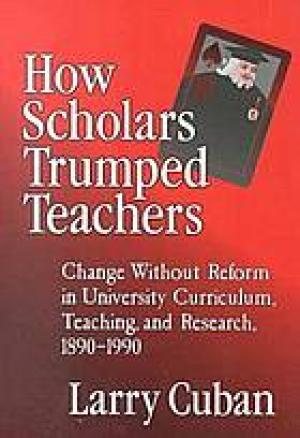Resources
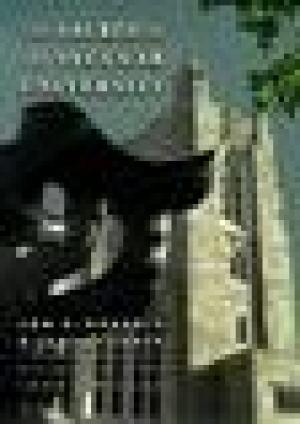
American higher education was transformed between the end of the Civil War and the beginning of World War I. During this period, U.S. colleges underwent fundamental changes--changes that helped to create the modern university we know today. Most significantly, the study of the sciences and the humanities effectively dissolved the Protestant framework of learning by introducing a new secularized curriculum. This secularization has long been recognized as a decisive turning point in the history of American education. Until now, however, there has been remarkably little attention paid to the details of how this transformation came about. Here, at last, Jon Roberts and James Turner identify the forces and explain the events that reformed the college curriculum during this era. The first section of the book examines how the study of science became detached from theological considerations. Previously, one of the primary pursuits of "natural scientists" was to achieve an understanding of the workings of the divine in earthly events. During the late nineteenth century, however, scientists reduced the scope of their inquiries to subjects that could be isolated, measured, and studied objectively. In pursuit of "scientific truth," they were drawn away from the larger "truths" that they had once sought. On a related path, social scientists began to pursue the study of human society more scientifically, attempting to generalize principles of behavior from empirically observed events. The second section describes the revolution that occurred in the humanities, beginning in the mid-nineteenth century, when the study of humanities was largely the study of Greek and Latin. By 1900, however, the humanities were much more broadly construed, including such previously unstudied subjects as literature, philosophy, history, and art history. The "triumph of the humanities" represented a significant change in attitudes about what constituted academic knowledge and, therefore, what should be a part of the college curriculum. The Sacred and the Secular University rewrites the history of higher education in the United States. It will interest all readers who are concerned about American universities and about how the content of a "college education" has changed over the course of the last century. (From the Publisher)
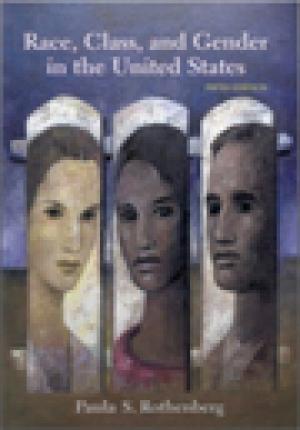
Like its preceding editions, this fourth edition of Race, Class, and Gender in the United States: An Integrated Study undertakes a study of race, gender, and sexuality within the context of class. With 28 new readings and 5 revised readings, this edition also contains an entirely new section entitled "'Us' and 'Them': Becoming an American." This section examines the ways in which the concept of "citizen" has been constructed in the United States over time and studies the role that issues of race, class, and gender have played in determining who is included inand excluded from - this category. (From the Publisher)
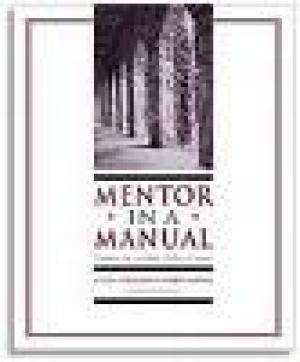
For assistant professors envisioning tenure, this completely revised publication is about as close to being a mentor as a book can be! Using a representative institution and a prototype assistant professor, Mentor in a Manual provides invaluable counsel for those on the tenure track. Twelve chapters take the new hire through each step with advice on making it through the mazes. (From the Publisher)
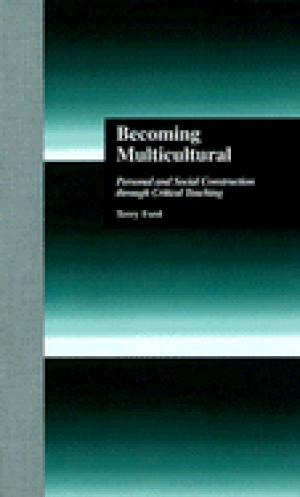
This book argues that becoming multicultural is a process of recursive cycles that must involve confrontational dialogue for change. Multicultural education texts often describe multiculturalism as a process where a person develops competencies of perceiving, evaluating, believing, and doing in multiple ways. However, the dynamic, fluid and changing qualities central to the process of interpersonal interaction often results in mastery of a product, focusing on lists of static features of generalized groups rather than on the individuals who make up those groups. Rather than listing and describing objectified features of cultural groups from a theoretical view, this book details the interactions of 21 ethnically diverse individuals through one classroom experience. First, the personal histories and meanings constructed from lived experience are detailed and analyzed to reveal the ways in which personal identity constructions influence learning events in a singular classroom context. Second, from this analysis, the author develops a conceptual model for the process of becoming multicultural. Then the author applies the model to herself and describes specific ways in which interaction with these individuals has influenced her present teaching strategies for expecting and facilitating confrontational dialogue toward developing education that is multicultural. Specifically the book addresses the questions: 1) What does it mean to become multicultural? 2) What does it mean to be culturally sensitive? 3) How can the process of multiculturalism be facilitated in a classroom setting? 4) What is the teacher's role in the multicultural classroom? 5) What are some expected/predictable outcomes of a multicultural classroom? Includes bibliography and index. (From the Publisher)
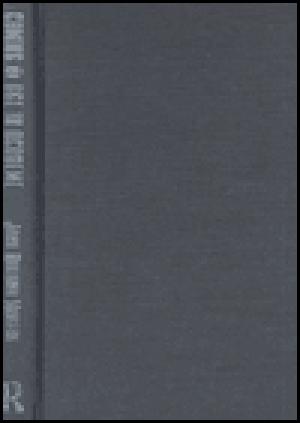
At what price entry? Philosopher of education Jane Roland Martin contends that feminist scholars have traded in their idealism for a place in the academy. In Coming of Age in Academe, she looks at the ways that academic feminists have become estranged from women. Determining that this is the "membership fee" the academy exacts on all its members, she calls for the academy's transformation. Part one explores the chilly research climate for feminist scholars, the academic traps of essentialism and aerial distance, and the education gap in the feminist text. In part two, Martin likens the behavior of present-day feminist scholars to nineteenth-century immigrants to the United States and examines their assimilation into the world of work, politics and the professions. She finds that when you look at higher education, you see what a brutal filter of women it is. Part three highlights the academy's "brain drain" and its containment of women and then proposes actions both great and small that aim at fundamental change. In this rousing call to action, Martin concludes that the dissociation from women that the academy demands--its "entrance fee"--can only be stopped by radically reforming the gendered system on which the academy is based. (From the Publisher)
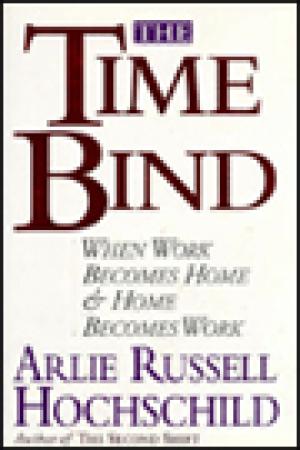
In her remarkable new book, The Time Bind, Arlie Hochschild brings us startling news of the ways in which home is being invaded by the time pressures and efficiencies of work, while the workplace is, for many parents, being transformed into a strange kind of surrogate home. For three years at a Fortune 500 company, she interviewed everyone from top executives to factory hands, sat in on business meetings, followed sales teams onto golf courses, and trailed working parents and their children through their days. In a series of vivid portraits, Hochschild paints a surprising picture of couples as time thieves, children as emotional bill-collectors, spouses as efficiency experts, parents who feel like helpful mothers and fathers mainly to their workmates, and women who - like generations of men before them - flee the pressures of home for the relief of work. Hochschild's groundbreaking study exposes our crunch-time world and reveals how, after the first shift at work and the second at home, comes the third, and hardest, shift of repairing the damage created by the first two. (From the Publisher)
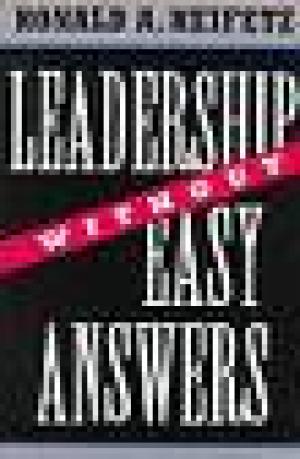
The economy uncertain, education in decline, cities under siege, crime and poverty spiraling upward, international relations roiling: we look to leaders for solutions, and when they don't deliver, we simply add their failure to our list of woes. In doing do, we do them and ourselves a grave disservice. We are indeed facing an unprecedented crisis of leadership, Ronald Heifetz avows, but it stems as much from our demands and expectations as from any leader's inability to meet them. His book gets at both of these problems, offering a practical approach to leadership for those who lead as well as those who look to them for answers. Fitting the theory and practice of leadership to our extraordinary times, the book promotes a new social contract, a revitalization of our civic life just when we most need it. Drawing on a dozen years of research among managers, officers, and politicians in the public realm and the private sector, among the nonprofits, and in teaching, Heifetz presents clear, concrete prescriptions for anyone who needs to take the lead in almost any situation, under almost any organizational conditions, no matter who is in charge, His strategy applies not only to people at the top but also to those who must lead without authority--activists as well as presidents, managers as well as workers on the front line. (From the Publisher)
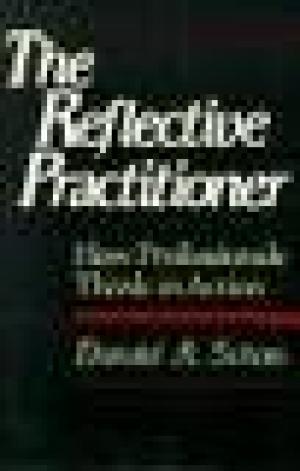
A leading MIT social scientist and consultant examines five professions—engineering, architecture, management, psychotherapy, and town planning—to show how professionals really go about solving problems. (From the Publisher)
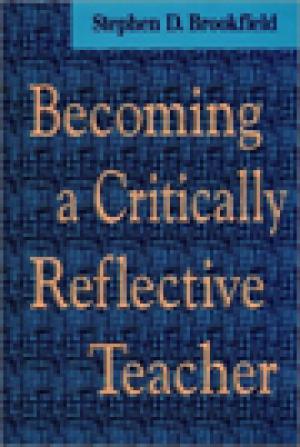
Building on the insights of his highly acclaimed earlier work, The Skillful Teacher, Stephen D. Brookfield offers a very personal and accessible guide to how faculty at any level and across all disciplines can improve their teaching. Applying the principles of adult learning, Brookfield thoughtfully guides teachers through the processes of becoming critically reflective about teaching, confronting the contradictions involved in creating democratic classrooms, and using critical reflection as a tool for continuous personal and professional development. (From the Publisher)
